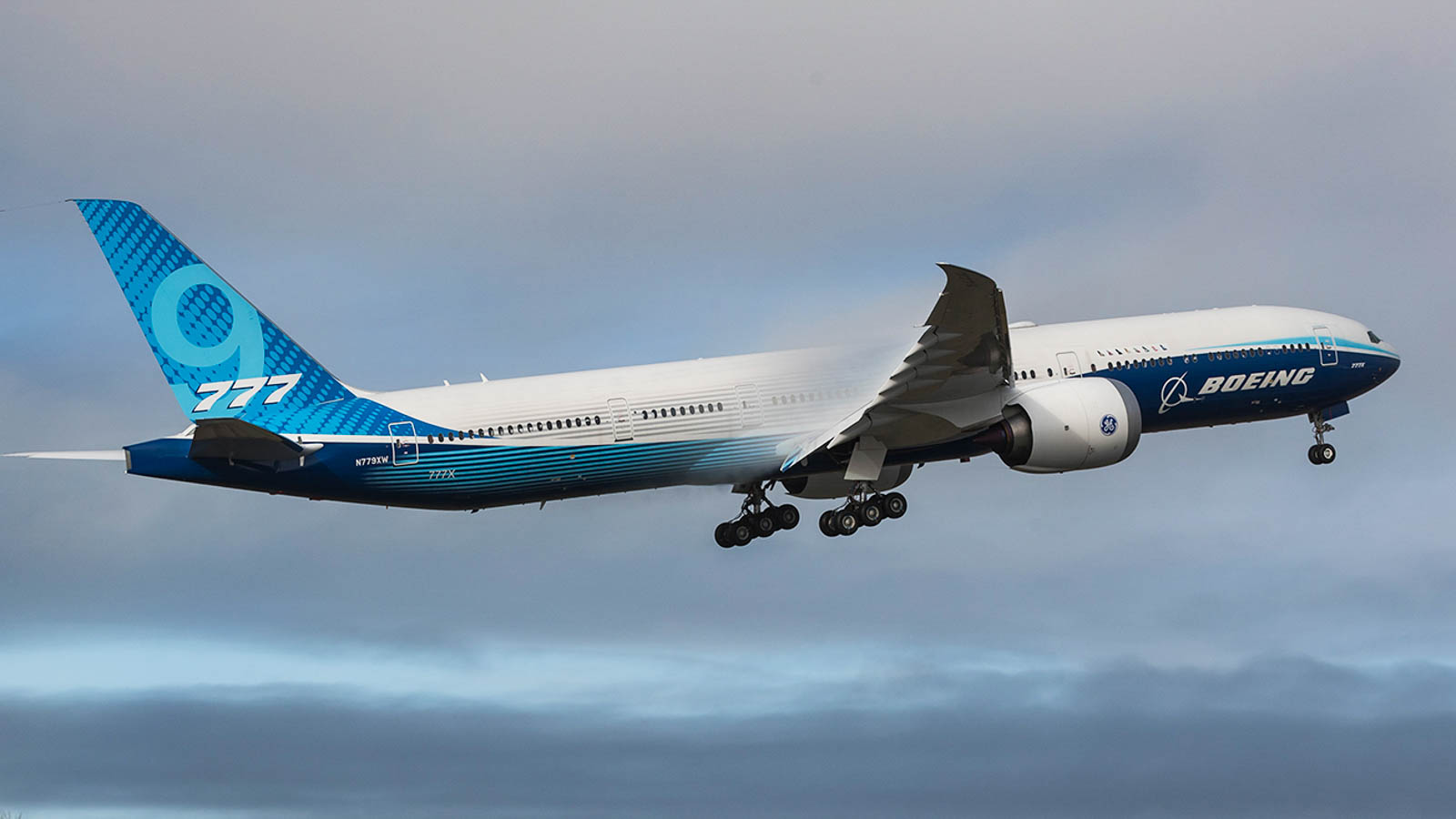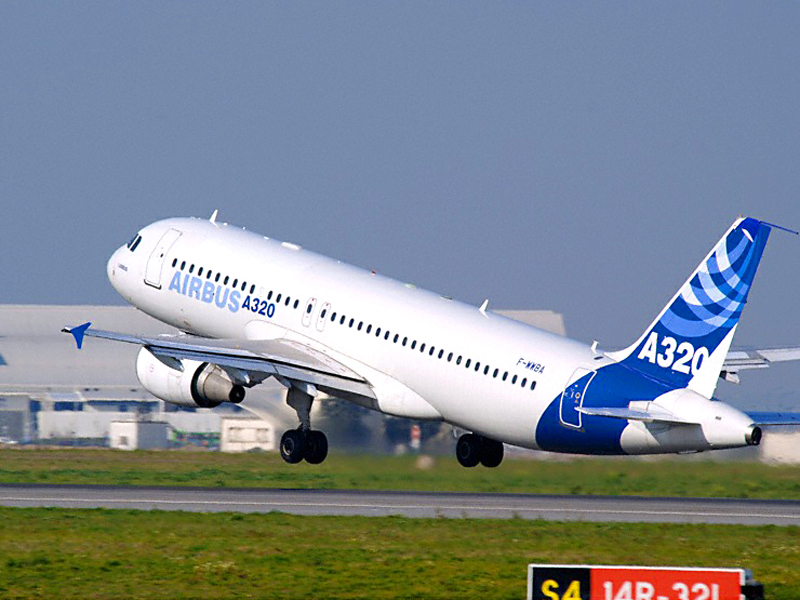Leeham News and Analysis
There's more to real news than a news release.
Airbus’ A350-1000 or Boeing’s 777-9?
Subscription required
By Bjorn Fehrm
April 4, 2024, © Leeham News: Korean Air confirmed an order for 33 Airbus A350 in the week, 27 of which are the larger A350-1000. The order is significant on two accounts:
First, 27 A350-1000 and only 6 A350-900, where analysts have for years asked why the -1000 isn’t selling.
Secondly, for a carrier that has a rather 50-50 fleet of Airbus and Boeing planes, its large widebody was the Boeing 777-300ER, whereof it has 27 out of 37 Boeing 777 in total. Korean Air now chooses the A350-1000 to replace the 777-300ER. Why not the 777-9?
Was this a question of availability (the 777-9 should have been delivered in 2020 but has had several delays; the present plan says 2025), or was there a technical-economic reason for Korean Air’s decision? We examine the characteristics of the two planes to find the answers.
Summary:
- The Boeing 777-300ER was an exceptionally successful stretch of the original 777-200. The 777-9 is the sequel to the 777-300ER.
- The market did not like the original A350-1000. Therefore, the present -1000 is a reconfigured aircraft compared to the original variant.
When does a larger airliner pay off? Part 3
Subscription required
By Bjorn Fehrm
March 21, 2024, © Leeham News: We are doing an article series about what drove the cross-over from Airbus A319 to A320 and then to A321. We started with the ceo range last week. We could see why the A320 was a better choice than an A319, with only a few more passengers per departure required to close the operating cost difference for a route, whereas the A321, being a larger jump in capacity, did not have the same per seat mile economics until traffic increased substantially.
Now we study the change to the neo generation and try to understand why the A319, a popular model as a ceo variant, did not sell at all as a neo.
- The A319ceo had a suitable capacity for routes before 2015. It also had a passenger mile cost advantage over the A320 for thinner routes.
- After 2016, when the A320neo entered the market, the A319neo didn’t sell at all, despite the continued existence of thin routes. We explain why.
Bjorn’ s Corner: New aircraft technologies. Part 45. Continued Airworthiness
January 12, 2024, ©. Leeham News: We are discussing the different phases of a new airliner program. After covering the Design and Production, we now look at the Operational phase of a new airliner family.
For the operational phase, the airplane must pass scrutiny for Continued Airworthiness. Today, we discuss the different means available to the Regulator, such as Airworthiness Directives ( ADs) and System Bulletins (SBs) to the OEM to make sure any detected issues get noticed and corrected.
Outlook 2024: European airline consolidation
Subscription Required
By Gordon Smith
 January 3, 2024, © Leeham News: Consolidation is certainly in the air. Even before the shock announcement on December 3 that Hawaiian and Alaska are planning to tie the knot, the industry was gripped by the ‘will-they, won’t they’ saga of the proposed JetBlue and Spirit deal.
January 3, 2024, © Leeham News: Consolidation is certainly in the air. Even before the shock announcement on December 3 that Hawaiian and Alaska are planning to tie the knot, the industry was gripped by the ‘will-they, won’t they’ saga of the proposed JetBlue and Spirit deal.
Although it’s US carriers that have been making headlines, the European airline market is experiencing its own flurry of mergers and acquisitions. This is a topic LNA covered at length pre-pandemic (Our backgrounder is available here).
At the time of this writing, big changes are happening at three of the continent’s best-known flag carriers. Significant shareholdings in ITA Airways (formerly Alitalia), TAP Air Portugal, and SAS Scandinavian Airlines are changing hands, with Europe’s aviation supergroups spying an opportunity to expand their respective empires.
Tapping into the latest data provided to LNA from aviation data analysts Cirium, we can get a better understanding of what these changes could mean for existing fleets and upcoming airliner deliveries.
Bjorn’ s Corner: New aircraft technologies. Part 43. Delivery
December 22, 2023, ©. Leeham News: We are discussing the different phases of a new airliner program. After covering the Design, Prototype phase, and Production, we now look at the first deliveries.
After about seven to nine years of development and production preparation, it’s finally time for the first delivery of the new aircraft.
Boeing beats Airbus in order tallies at Dubai Airshow thanks to widebody jetliner demand
By Dan Catchpole
Subscription Required
Nov. 20, 2023 © Leeham News: Boeing dominated the Dubai Airshow, racking up 313 orders—232 firm and 81 non-firm. Meanwhile, Airbus garnered only 86 orders, as of Friday, the last day of the biennial airshow.
It was the first time that American aerospace giant has beaten its European competitor at Dubai since 2017. Heavy demand for twin-aisle aircraft helped Boeing land more orders.
A much anticipated mega order by Turkish Airlines for Airbus jetliners didn’t materialize. However, both entities said they plan to announce a significant order in the future.
Summary
- Widebody orders lead narrowbody orders
- Resurgent international travel demand drive order split
- Performance problems soften demand for Airbus A350
Pontifications: History is repeating itself
Sept. 5, 2023, © Leeham News: Decades after US airline unions were on the decline, some are making big gains in restoring wages, benefits, and strength.
Pilots at American, Delta, United, and Alaska airlines (among others) won big wage increases under recent contract negotiations. Pilots at Southwest Airlines are aggressively seeking more money and revised work rules. Flight attendants at American just approved a strike authorization by a wide margin.
Drivers at UPS Airlines, the package-freight carrier, won a generous new contract. Pilots at rival FedEx also became more militant in recent months.
One can hardly blame the unions for seeking dramatic wage hikes and work rule changes. Labor has been under constant pressure since the 1970s. Unions probably reached their peak strength in 1966, when five US airlines were struck at the same time by the International Association of Machinists and Aerospace Workers (the IAM). Sixty percent of the capacity was grounded for 43 days. Eastern, National, Northwest, Trans World and United were affected.
The industry was highly regulated. The Civil Aeronautics Board, created in 1938, oversaw virtually everything airlines did. Routes, airfares, serving alcohol, classes of service, and mergers were tightly controlled by the CAB. So was the competition. From its inception to 1978, the CAB turned down every single application to create a new airline (except a host of local service carriers immediately following World War II) or to upgrade charter carriers to scheduled service. More than 70 applicants were turned down.
The Small Airliner Problem, Part 10. Cash costs for a battery-based airliner
Subscription required
By Bjorn Fehrm
July 6, 2023, © Leeham News: In our series on costs factors that make up Cash Operating Cost for a battery-based airliner with range extenders, we now add Crew costs and Airport/Airway fees.
We then have all the components of the Cash Operating Cost (COC) for the ES-30 and can compare it to a normal propulsion 30-seat turboprop.
Summary:
- The high operating weight and slow speed of a battery airliner increase the Airport/Airway fees and Crew costs for the ES-30.
- In summary, only one Cash cost remains competitive, and the COC total exceeds the cost of a 30-seater turboprop.
The Small Airliner Problem, Part 6
Subscription required
By Bjorn Fehrm
May 25, 2023, © Leeham News: In our series about the viability of the business plans for small airliners (nine to 50 seats), we have covered the cost factors that make up the Cash Operating Cost, COC (Fuel, Maintenance, Airway/Airport fees, Crew costs).
We now compile the Cash Operating Cost for the aircraft on a typical sector and discuss the result.
Summary:
- The Cash Operating Costs do not reduce in proportion to passenger numbers for a smaller airliner.
- As a consequence, a small airliner needs a higher load factor or yield to be viable.











